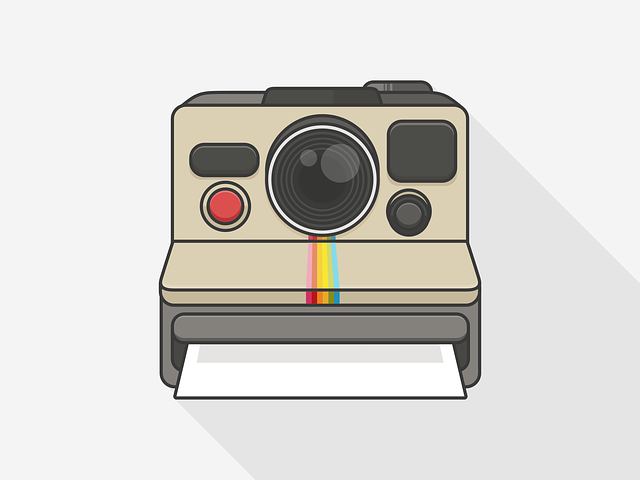Lighting Techniques Every Professional Photographer Should Master
The use of natural light takes technique and planning. Determine the golden hour in your area and plan studios around the same time. This is a soft, warm light that produces flattery skin tones and soft shadows. By spending money on curtains or scrims that can be adjusted, you also have options of controlling intensity and direction so that you can adjust to subjects and moods.
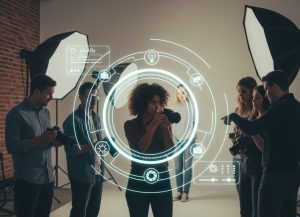
Use of Artificial Lighting without Authenticity Loss
Artificial lighting is predictable and stable. These are important to professional photographers who are on a tight schedule. Begin by using base lights like softboxes or LED panels, which produce soft diffused light.
These applications assist in the simulation of daylight, in addition to being able to control brightness and color balance completely. Light up important areas and fill lights to mold the features of your subject in a complementary manner. Separate the subject and the background with back or hair light, and give each portrait more depth.
With product-style shots, e.g., the newborn props or maternity accessories, you can look into a portable lighting setup that enables you to re-create the effect of your studio at the homes of clients.
Measuring Your Lighting ROI
In order to make investments in lighting equipment a worthwhile endeavor, apply a data-driven approach. Monitor the measures such as time saved in retouching, frequency of revisit by clients, and rate of referrals before and after making improvements in your lighting system. Check the impact of the visual consistency of your portfolio on lead generation: the more refined the images, the higher the response rate of your site inquiries.
With the quantification of the benefits, you can make good decisions about acquiring or improving gear. In the long run, this helps you increase in size without damaging your aesthetic.
Conclusion
Lighting is not just a tool of art. It is a marketing tool for your photography company. Natural and artificial lighting is not only going to uplift your work when used intentionally, but also to boost your bottom line. We advise photographers to invest in both lighting education and lighting gadgets as a long-term business plan. Control the market by controlling the light.
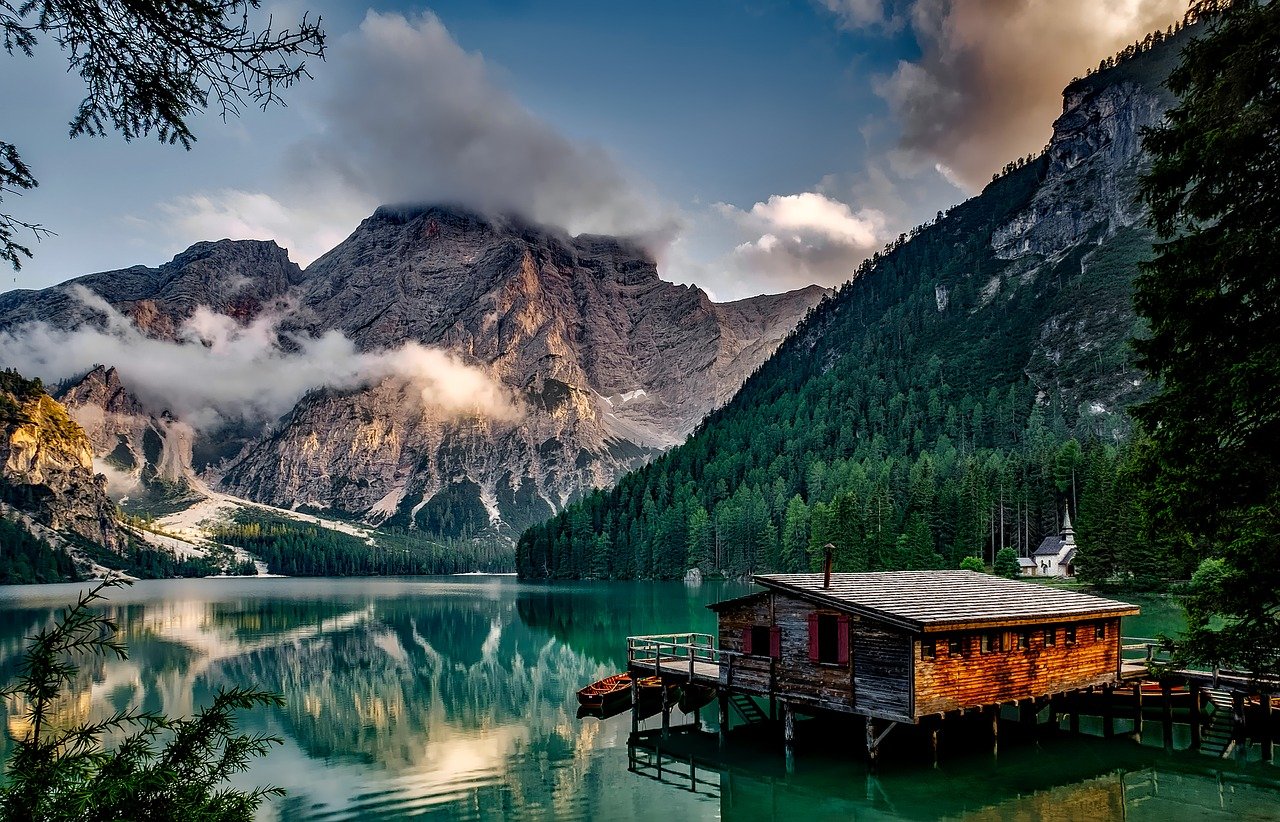




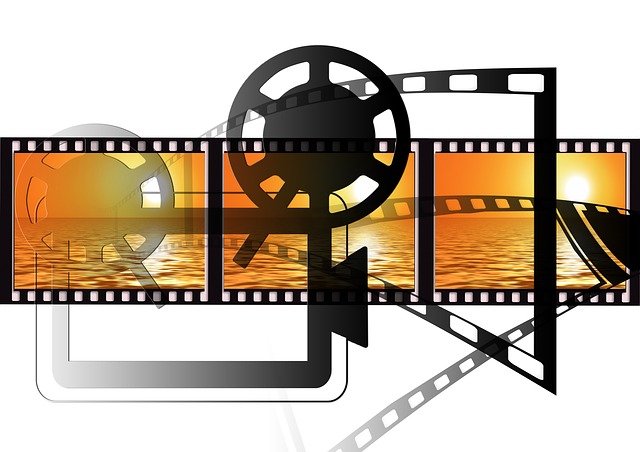

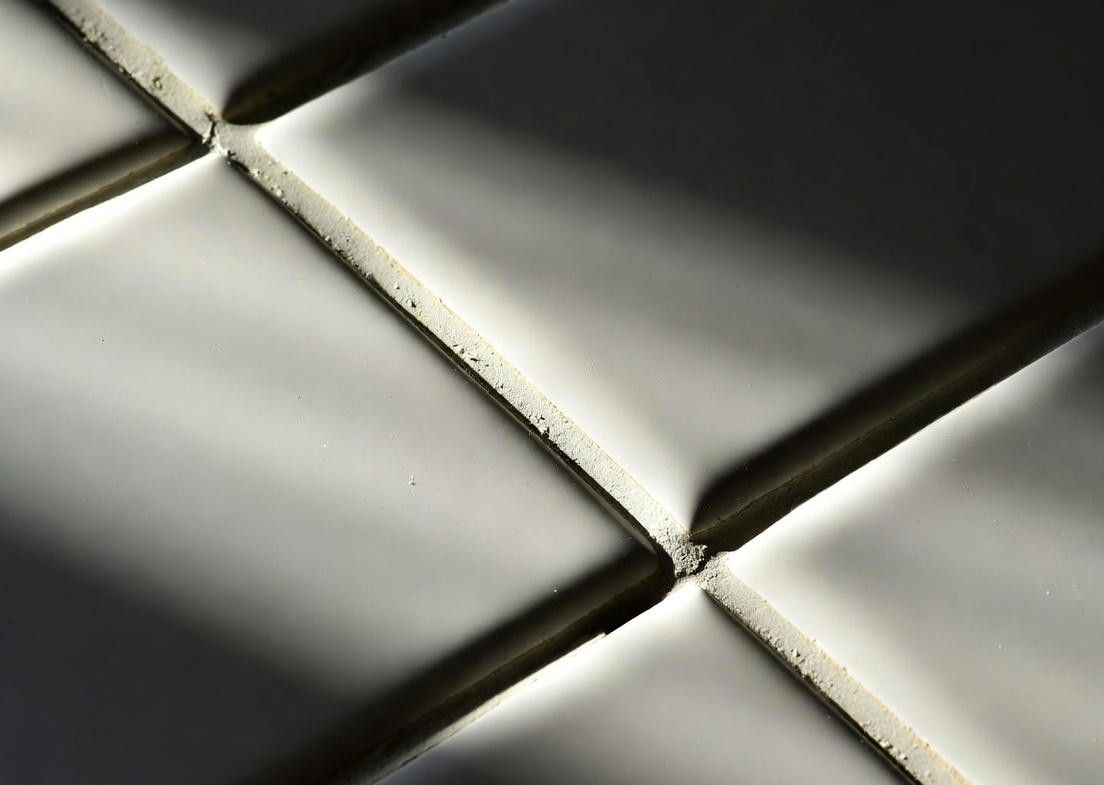
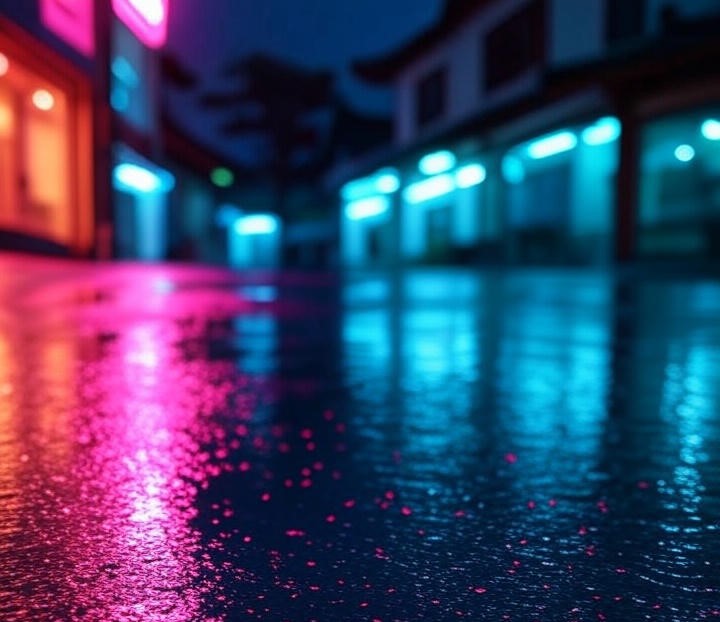
 This trend remains popular on Instagram since it presents the entire spread.
This trend remains popular on Instagram since it presents the entire spread. 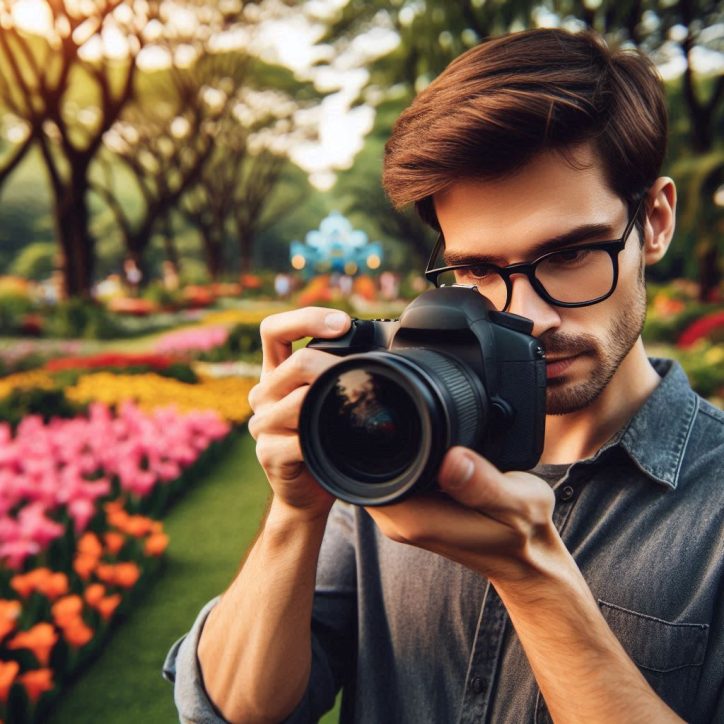
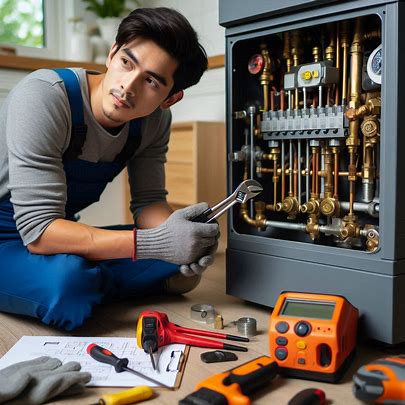 Before clicking the shutter, take time to understand what you’re photographing. Heating and plumbing systems include a mix of visible and hidden elements—pipes, valves, radiators, boilers, underfloor heating grids, and ventilation ducts. Each has its own story, from how it’s installed to the function it serves. Learn the names of parts, ask questions, and study the setup before photographing it. This knowledge helps frame better, more meaningful shots.
Before clicking the shutter, take time to understand what you’re photographing. Heating and plumbing systems include a mix of visible and hidden elements—pipes, valves, radiators, boilers, underfloor heating grids, and ventilation ducts. Each has its own story, from how it’s installed to the function it serves. Learn the names of parts, ask questions, and study the setup before photographing it. This knowledge helps frame better, more meaningful shots.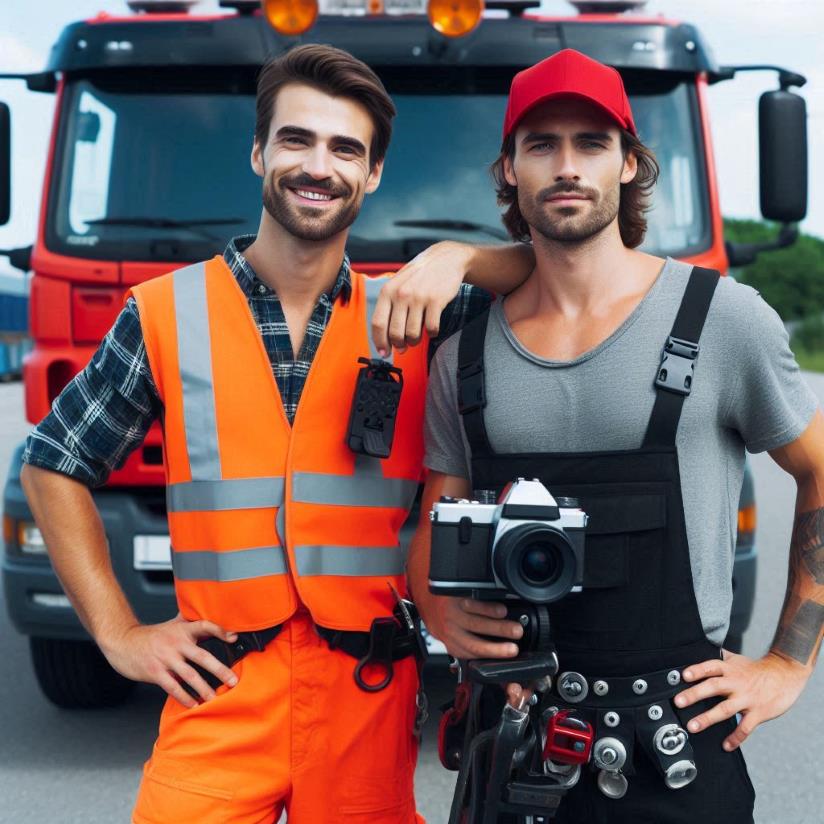
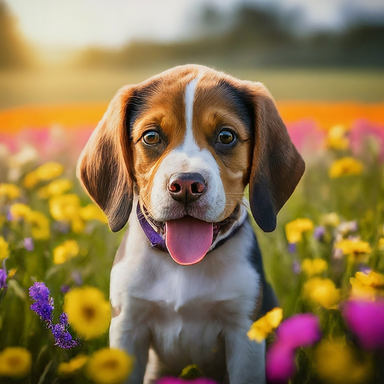
 Resting your sleeping baby’s head on your palms while they sleep will give them a more serene appearance, creating the Chin-on-Hands Pose. Their delicate features and calm demeanor are emphasized by this position.
Resting your sleeping baby’s head on your palms while they sleep will give them a more serene appearance, creating the Chin-on-Hands Pose. Their delicate features and calm demeanor are emphasized by this position.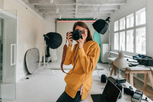 Display Your Finest Achievements
Display Your Finest Achievements
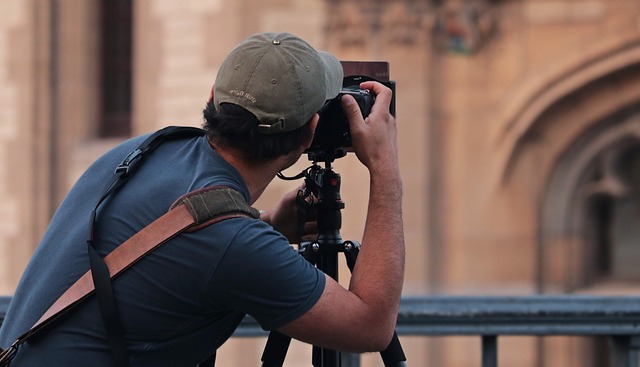
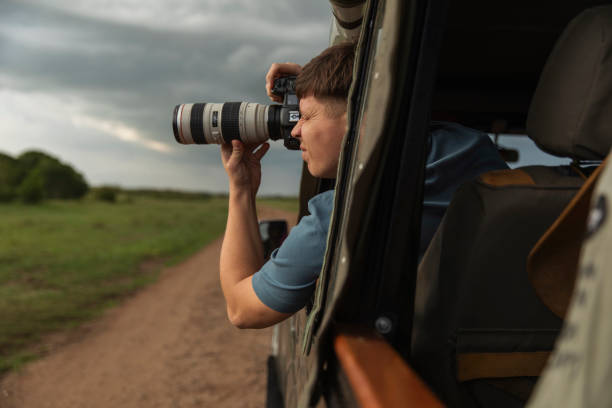
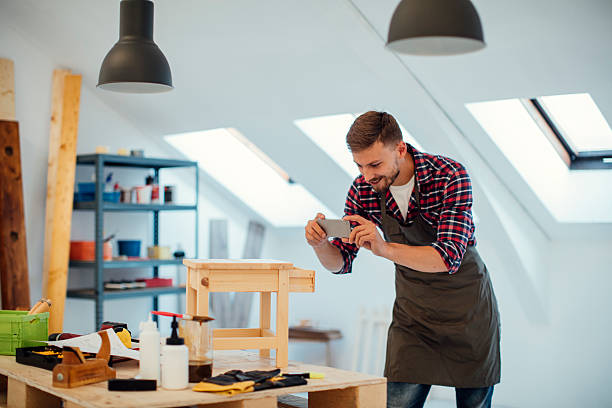




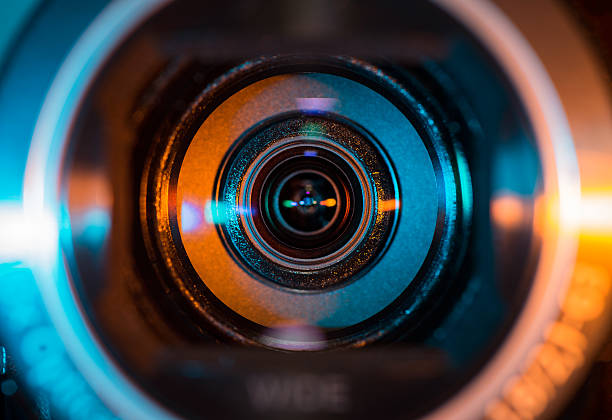
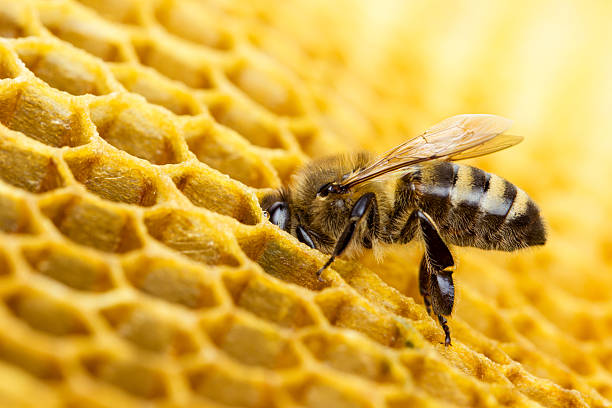













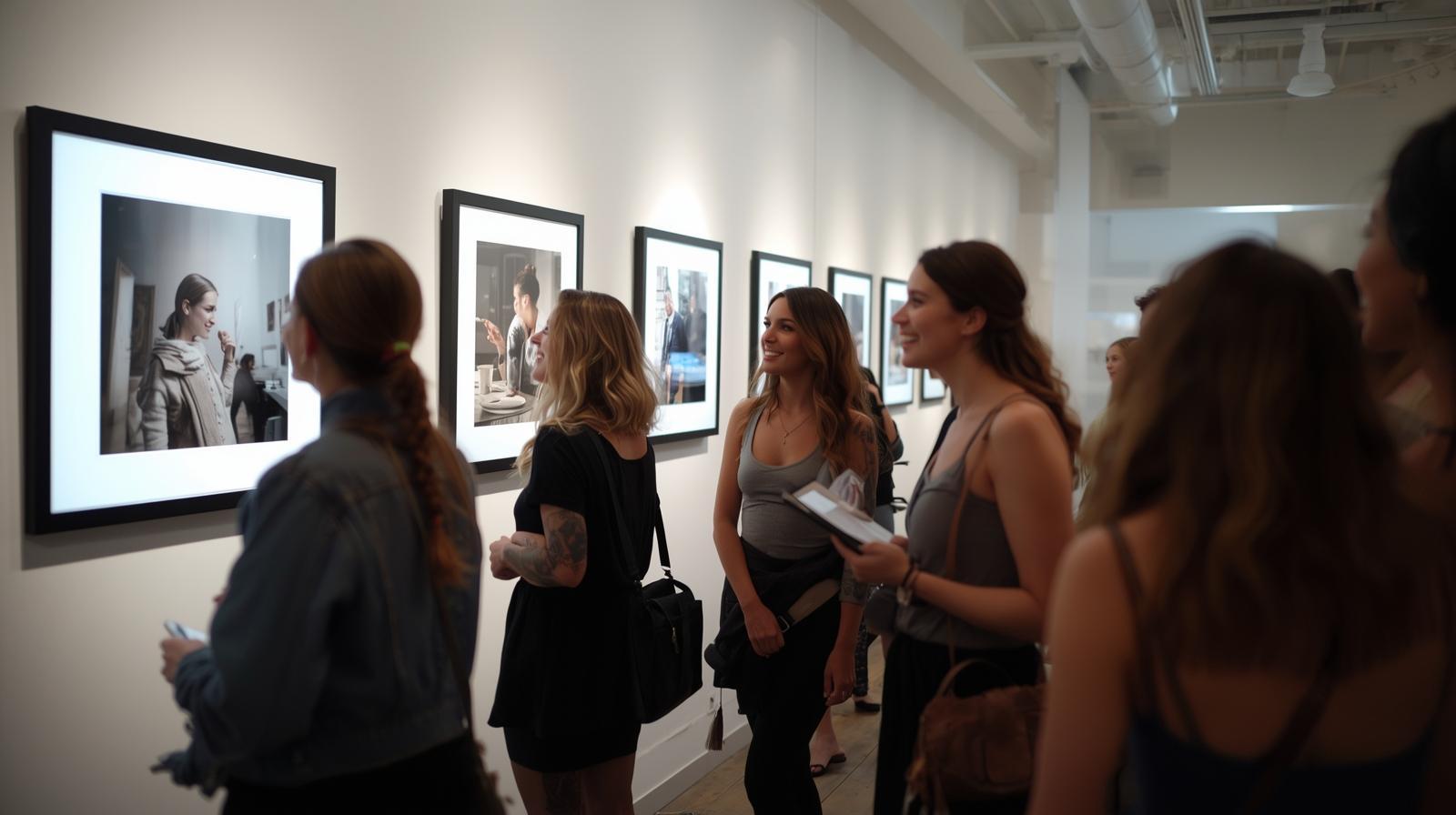


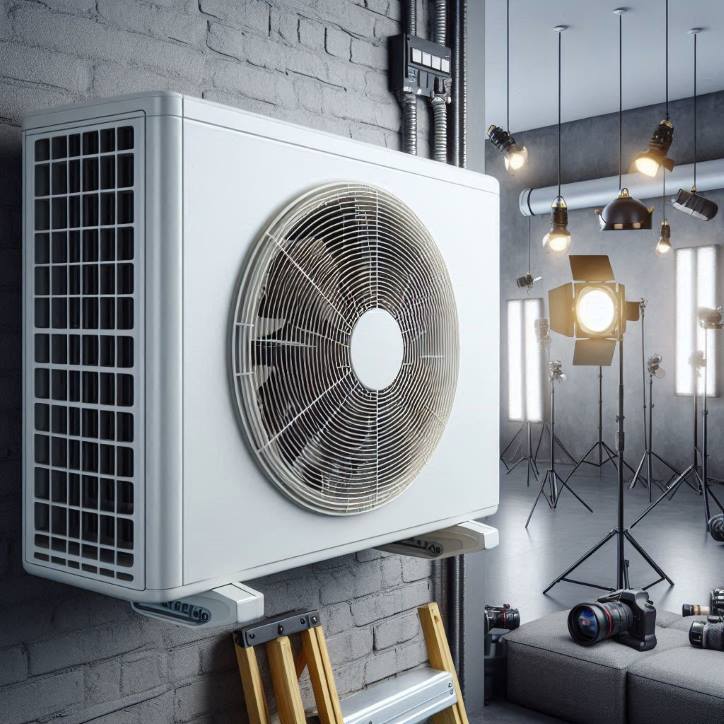

 Photography is as much about creativity as it is about having reliable equipment. Studio tools such as lighting systems, cameras, and power supplies require consistent performance to produce stunning results. Equipment malfunctions during a shoot can disrupt workflows, cost valuable time, and damage your reputation. Preventative maintenance ensures your studio operates smoothly, allowing you to focus on your craft.
Photography is as much about creativity as it is about having reliable equipment. Studio tools such as lighting systems, cameras, and power supplies require consistent performance to produce stunning results. Equipment malfunctions during a shoot can disrupt workflows, cost valuable time, and damage your reputation. Preventative maintenance ensures your studio operates smoothly, allowing you to focus on your craft.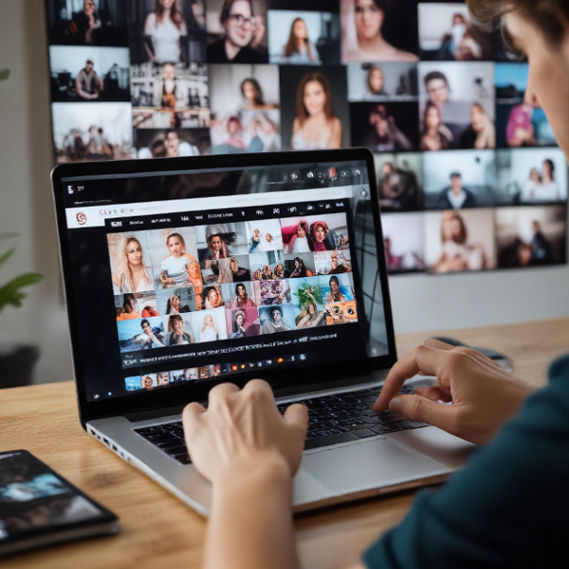
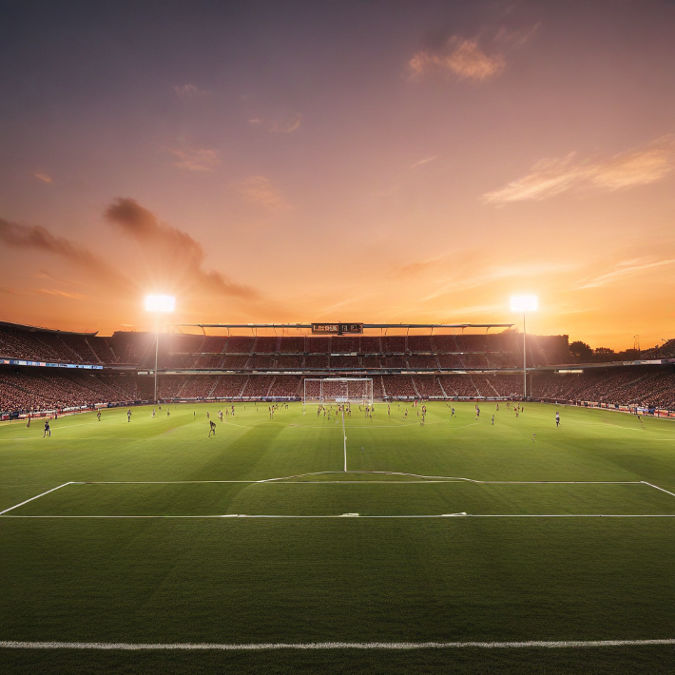
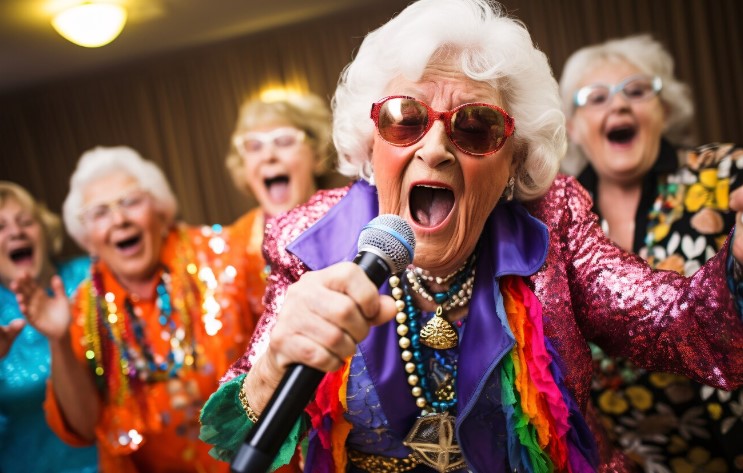
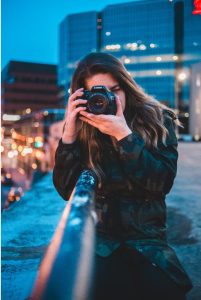 Relocating to a new place can be both exciting and less stressful with Experia moving. While the prospect of a fresh start is thrilling, the logistics of moving can be overwhelming. Amidst the chaos, photography serves as a powerful tool to capture the bittersweet moments of leaving an old home and embracing a new one.
Relocating to a new place can be both exciting and less stressful with Experia moving. While the prospect of a fresh start is thrilling, the logistics of moving can be overwhelming. Amidst the chaos, photography serves as a powerful tool to capture the bittersweet moments of leaving an old home and embracing a new one.
